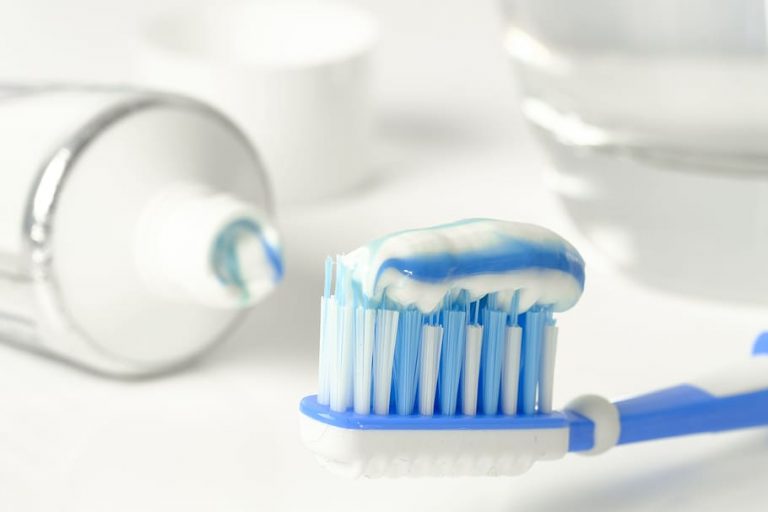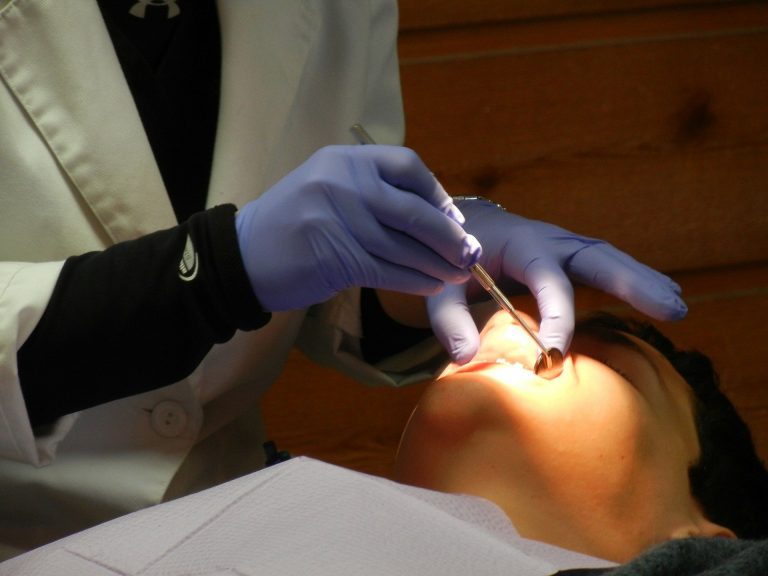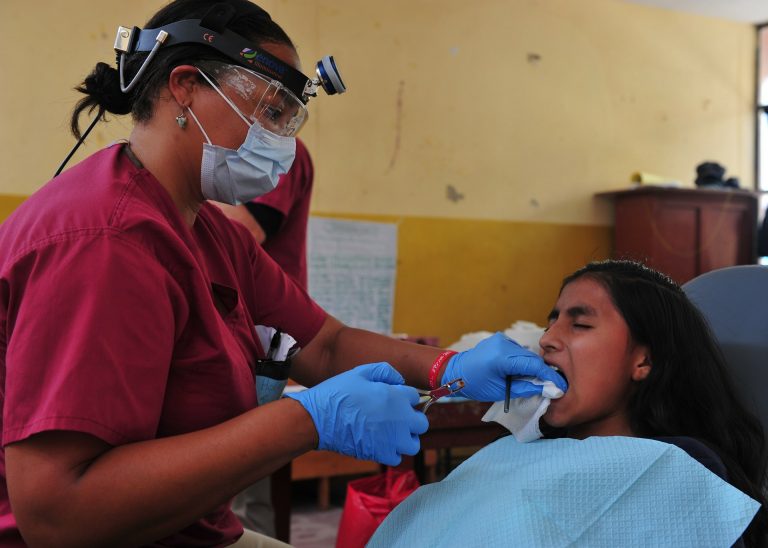Wisdom teeth or third molars are the last surviving teeth to develop in the mouth. These teeth usually develop between the ages of 18 and 25. For some, wisdom teeth erupt normally, just as their other molars do, and cause no problems. But other people develop impacted wisdom teeth where the teeth don’t have enough room to erupt into the mouth or develop normally. Thus, your dentist may recommend removing wisdom teeth for several reasons, including cavities, overcrowding, disease, and infections. Likewise, having your wisdom teeth removed doesn’t have to be scary nor painful. All you need to follow some steps on recovery after wisdom tooth extraction treatment. Further, read on here to know more.
What’s the need for removing wisdom teeth?
Sometimes, you lack sufficient space for your wisdom teeth to erupt properly and may lead to severe problems like infection, cyst formation, crowding, damage to adjacent teeth, etc. Thus, you should remove your impacted teeth before their root structures are completely integrated into the jawbone.
Recovery after wisdom teeth removal
Recovery from a wisdom tooth extraction procedure can take time. So, you must know how to care for your teeth and gums to speed up the recovery period after surgery.
Surgical area protection
You must remain conscious for the six weeks post-surgery, as this is the period in which most infections occur. Besides, complications may arise when patients neglect good oral hygiene practices. So, you must avoid unnecessary touching of the surgical area and try to prevent debris from collecting near the wound.
Be mindful of what to eat
After the procedure, you should avoid hot foods and beverages for the first 3 hours, or at least all the anaesthetic effects have worn off. So, during the initial few weeks, stick to a soft diet and liquids. However, it’s recommended you avoid chewing food at the back of your mouth where the stitches are present.
Rest as much as possible
After extracting your wisdom teeth, you may experience some pain, swelling or bleeding. In that case, you may take any painkillers or antibiotics as prescribed by your dentist to help relieve any discomfort. Equally, relax as much as you can with your head elevated by pillows. Wait a few more days for any demanding exercise or heavy lifting.
Control bleeding with gauze and tea bags
Your oral specialist will direct you to bite down gently on a piece of gauze to lessen bleeding. Doing so helps form blood clots in the gums faster. Equally, blood clots are vital for your recovery as they protect the exposed bone and wound from infection. Also, after 12 hours, you can consider switching the gauze to a damp tea bag as tea bags are known to reduce pain and encourage blood clotting.
Try using Saltwater rinse
Another treatment for inflammation and pain can be a homemade mouth rinse made of salt and warm water. You can start using this mixture the day after the system/procedure. Rinse with a warm salt solution, adding a teaspoon of salt in a cup of warm water to remove the food particles from the socket. Besides, cleaning the area this saltwater helps to kill bacteria while serving as a natural painkiller. However, a salt rinse will also help you prevent any infections from developing.
Keep your head elevated
For the first few days after the treatment, try to keep your head in an elevated position when you sleep. You can use pillows to help raise your upper body as imminent to a 45-degree angle as possible.
Final thoughts
If you are considering removing wisdom tooth or would like to have a preliminary evaluation you can consider visiting us at Holistic Dental. Our team can ensure a speedy recovery and can help you with all complications on wisdom tooth extraction. Call us.












